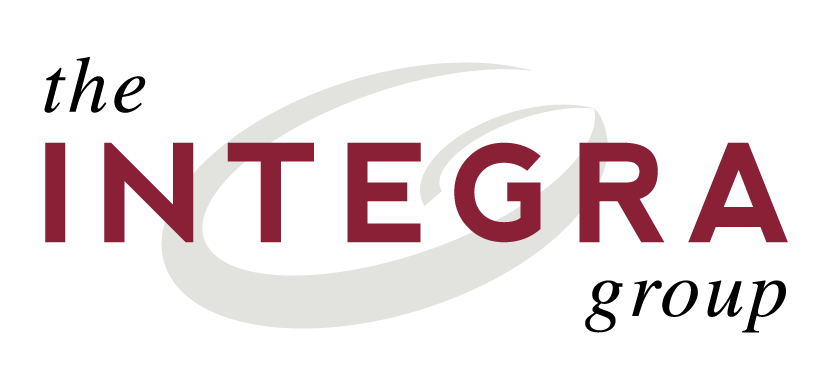Expand Your Snow Kingdom: Maximizing the Offseason
Mission accomplished! Another snow season in the books.
The air is pungent with anti-corrosion sprays, barrels’ worth of storage lubricant, and diesel exhaust from heavy machinery shelving your equipment. E-mail regularly dings with season-concluding site inspections and five-star customer satisfaction surveys. Managers are sharing whatever COVID-compatible vacation options that can be found. That Roosevelt sentiment of the “triumph of high achievement” only truly felt by “the man in the arena”? It permeates the team with the unifying feeling of shared victory. And victory feels good.
While peak season operations defend your kingdom, tenured industry leadership knows how you handle the offseason expands your snow kingdom – or fails to. Think of Jim Collins’ “Good to Great” analogy of starting a multiple ton metal flywheel. The first full rotation takes immense effort, but with sustained energy each turn gets easier until momentum works in your favor to keep the flywheel spinning. If your preseason processes feel more like the first turn of that flywheel than its twentieth, a new offseason strategy is your game-changer.
Gather your leadership teams to assess these Eight Offseason Objectives – things impossible to reach during peak season, when that flywheel needs all your energy to keep flying, but that yield improvement to business efficiency and management quality of life!
- Season Shutdown: Queue the groans of a winter-weary team, but we all know failures here grind that flywheel to a halt and cost you orders of magnitude more later than it would cost to handle now. Storehouse materials instead of replacing them. Treat equipment with nominal lubricant and labor rather than facing tens of thousands in rust-out replacements. Collect invoices in April instead of contesting them in July. …a 95% victory is 5% defeat. Don’t settle now. Finish well.
- Team Debrief: The quickest way to repeat mistakes is to not know them. The best way to lose mid-management talent is to let them feel disposable. Before the offseason, prevent both by gathering your team to capture results. What was a hit? What was a miss? What can we learn? Who should we retain, promote, demote, or fire? Establish the value of their sacrifices and successes by valuing their feedback.
- Celebration and Rest: Look in particular for the “above-and-beyond” efforts – those who sacrificed more than required so their team could overachieve, especially if it was done without recognition – and show gratitude or generosity. (Or both!)
- SWOC Analysis: Gather veterans and champions who believe in your potential enough to be brutally honest about both the positive and negative, both internal to each division and external in the market. Some sample questions: What fleet and equipment is aged enough that efficiency will fall next year if not replaced? Are big prospects available to us next season if we can expand a specific service or market? Has some area hit a leadership ceiling, either needing more or better talent? Do we have a specific vulnerability that competitors regularly exploit in sales? The idea is that the discomfort of an improvement discussion is better than the discomfort of a losing discussion. If this is a stretch point, consider involving an industry consultant; well-tenured candidates enjoy the challenge to improve your company by more dollars than what they cost you.
- Fleet Research: The snow industry in general has seen tremendous technological advancement in the last 10-15 years. Would different plow types let the same number of trucks get through more properties faster? Could we save labor using snow blowers and snow throwers over shovelers? What if we reduced the cost of “maybe” salt events by trying brine solutions? Would massive sectional plows bring big commercial properties into the picture? Look back at your SWOC assessment and the blockades it cited to the opportunities it revealed, then study your options.
- Business Management Systems: It’s 2020 and yet many operations still distribute, record, submit, and file documentation on paper. (Have you ever tried defending a slip-fall lawsuit for six- or seven-figure sums where the plaintiff demands proof your paper records weren’t forged?) Once you clear startup size this moves from manageable to maddening and commonly more in sheer administrative overhead and liability losses than the expense of well-qualified snow industry software such as BossLM.
- Loss Prevention Strategy: It takes little tenure to realize one of the largest overhead expenses to a snow operation is insurance protection. The premium decrease from a shoot-from-the-hip vendor vulnerable to lawsuits to a wisely designed program with respectably small 3-year loss history can easily be 20% or more – which, when mapped from gross dollars back to revenue dollars, is a massive number. Take heart; this might be a, “it gets worse before it gets better,” conversation; but positioning yourself to be the kind of risk insurance companies love to have and love to feverishly protect could be your biggest “sale” of the year.
- Industry Certification: Tired of differentiating from competitors on bids on the sole basis of price? You should be! In a race to the lowest dollar, everyone loses. Differentiate on value. Look into industry certifications, such as the Accredited Snow Contractors Association ASCA-C or ISO-9001, for huge reductions in insurance premiums and overall liability exposure; or, the Snow & Ice Management Association Advanced Snow Manager (ASM) for operations and Certified Snow Professional (CSP) for multi-year seasoned executives. Let someone else look like a rookie with a truck.
—
David Rempfer is a veteran operations leader of multimillion snow operations and one of less than 300 professionals in North America to be both ASCA Certified and SIMA Executive CSP certified. He now serves as an Executive Consultant with BossLM Software to the landscape and snow industries and can be reached via David.Rempfer@BossLM.com.
